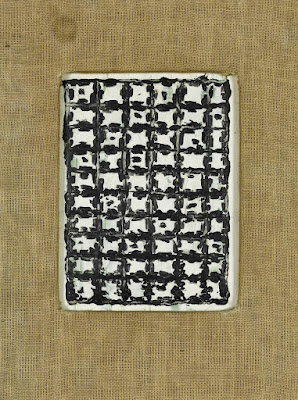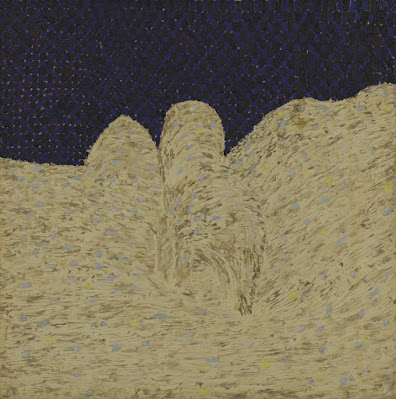 |
| Domenico Campagnola Venus in Landscape 1517 etching and engraving Kupferstichkabinett, Staatliche Museen zu Berlin |
 |
| Anonymous Netherlandish Artist Venus with Cupids ca. 1528 oil on panel Dallas Museum of Art |
 |
| Domenico Beccafumi Reclining Figure ca. 1540-45 drawing Graphische Sammlung Albertina, Vienna |
 |
| Paris Bordone Venus and Cupid in a Landscape ca. 1545-50 oil on canvas National Museum, Warsaw |
 |
| Taddeo Zuccaro Sheet of Studies ca. 1550-60 drawing Scottish National Gallery, Edinburgh |
-1638-etching-Hamburger-Kunsthalle.jpg) |
| François Perrier Hermaphrodite (antique sculpture now in the Louvre) 1638 etching Hamburger Kunsthalle |
 |
| Jacob Adriaensz Backer Recumbent Model ca. 1645-46 drawing Hamburger Kunsthalle |
 |
| David Klöcker Ehrenstrahl Diana at Rest ca. 1660-70 oil on canvas Sinebrychoff Art Museum, Helsinki |
 |
| Carlo Cignani Venus ca. 1662-65 drawing National Museum, Warsaw |
 |
| Antonio Bellucci Danaë ca. 1695 oil on canvas Museum of Fine Arts, Budapest |
 |
| Gabriel de Saint-Aubin The Private Academy ca. 1755 oil on panel Frick Collection, New York |
 |
| Anonymous Artist Académie ca. 1780 drawing Statens Museum for Kunst, Copenhagen |
 |
| Mathias Skeibrok Study for Mortuary Figure 1877 terracotta Nasjonalmuseet, Oslo |
 |
| Carolus-Duran Danaë ca. 1900 oil on canvas Musée des Beaux-Arts de Bordeaux |
 |
| Pierre-Albert Begaud Leda and the Swan ca. 1935 gouache on paper Musée des Beaux-Arts de Bordeaux |
 |
| Karl Sandels Wrestling - Sweden versus Finland 1935 gelatin silver print Moderna Museet, Stockholm |
"Oh gods and spirits, if you do exist and hear our prayers, what great crime did we commit, to be overwhelmed by this avalanche of adversities? Now you have put us in the hands of Egyptian bandits to deprive us even of sympathetic hearing. A Greek bandit would respond to our speech, and his hard heart might melt at our prayers. Speech often succeeds on its mission of mercy. The tongue as go-between serves the beleaguered soul, conveys its point of view to the listener, and mollifies his angry spirit. But now in what language will we frame our requests? What solemn oaths can we offer? If I were as persuasive as a Siren, still the butchers would not listen. I can only communicate my cause by expressive gestures, display my desires in sign language. O massive misfortunes! Must I pantomime my miseries?"
– Achilles Tatius, from Leucippe and Clitophon (2nd century AD), translated from Greek by John J. Winkler (1989)



















-Venus-c1520-25-oil-on-panel-Galleria-Borghese-Rome.jpg)
-Kupferstich-Kabinett-Gem%C3%A4ldegalerie-Dresden.jpg)
-Bode-Museum-Berlin.jpg)

-1638-etching-Hamburger-Kunsthalle.jpg)









-1946-oil-on-canvas-mounted-on-panel-Phillips-Collection-Washington-DC.jpg)






-1949-oil-on-canvas-Whitney-Museum-of-American-Art-New-York.jpeg)
-c1950-oil-on-canvas-Menil-Colleciton-Houston.jpg)






-1959-oil-on-canvas-Los-Angeles-County-Museum-of-Art.jpg)
